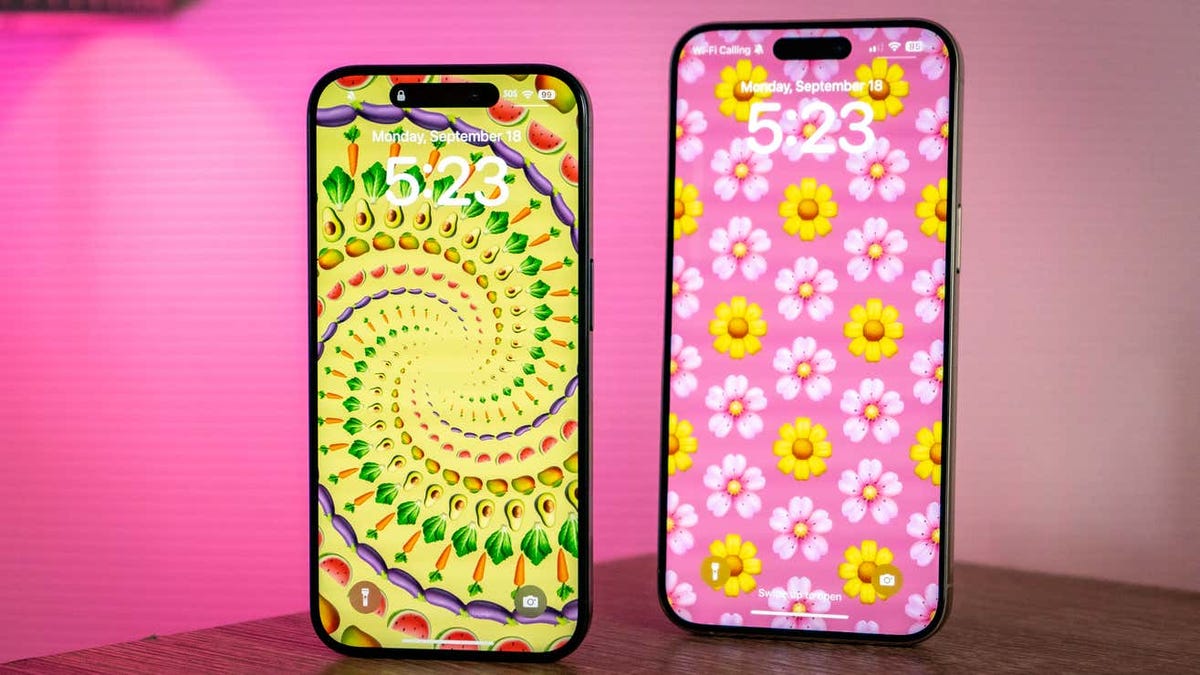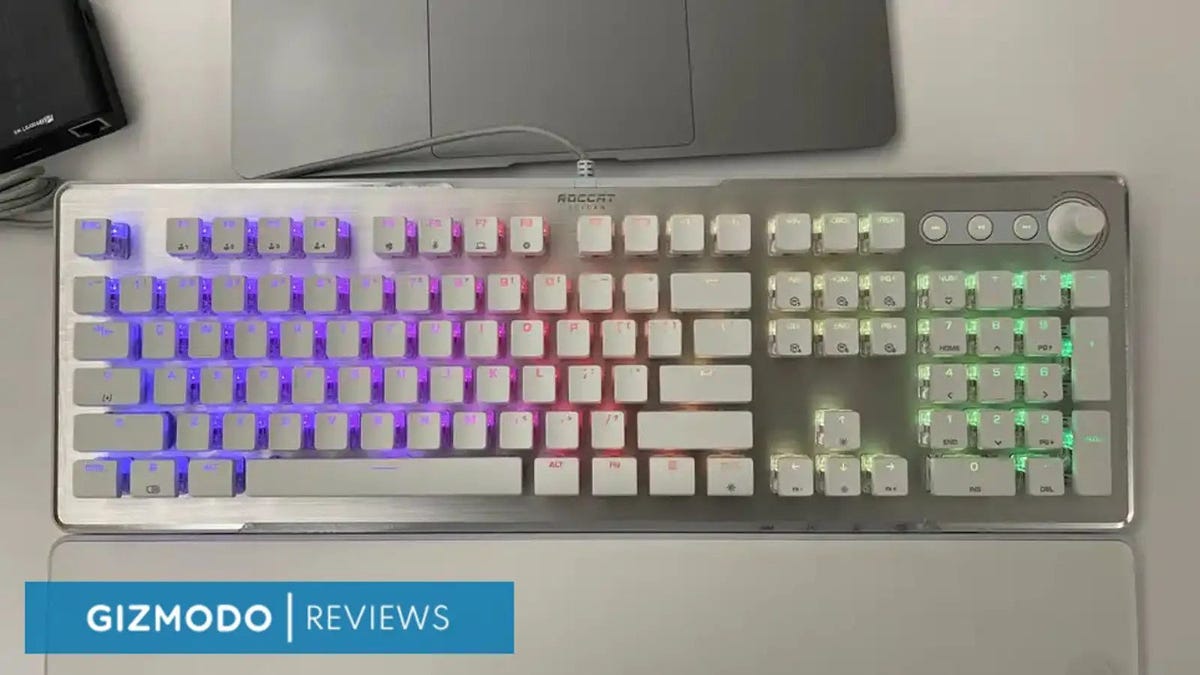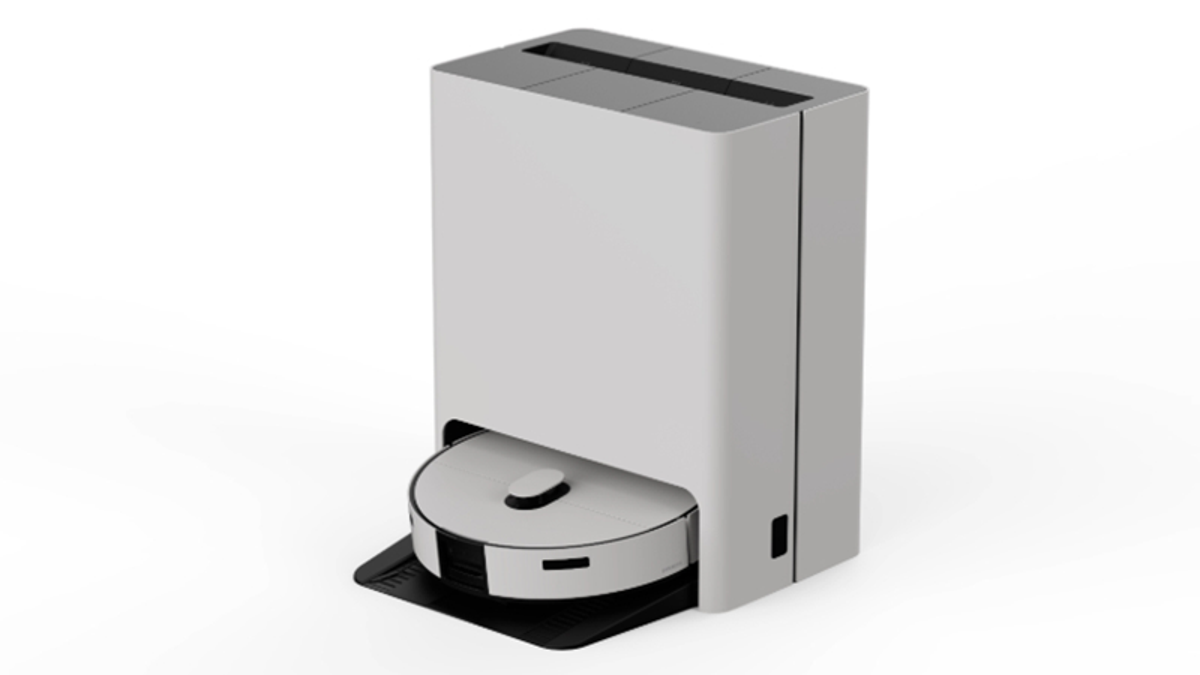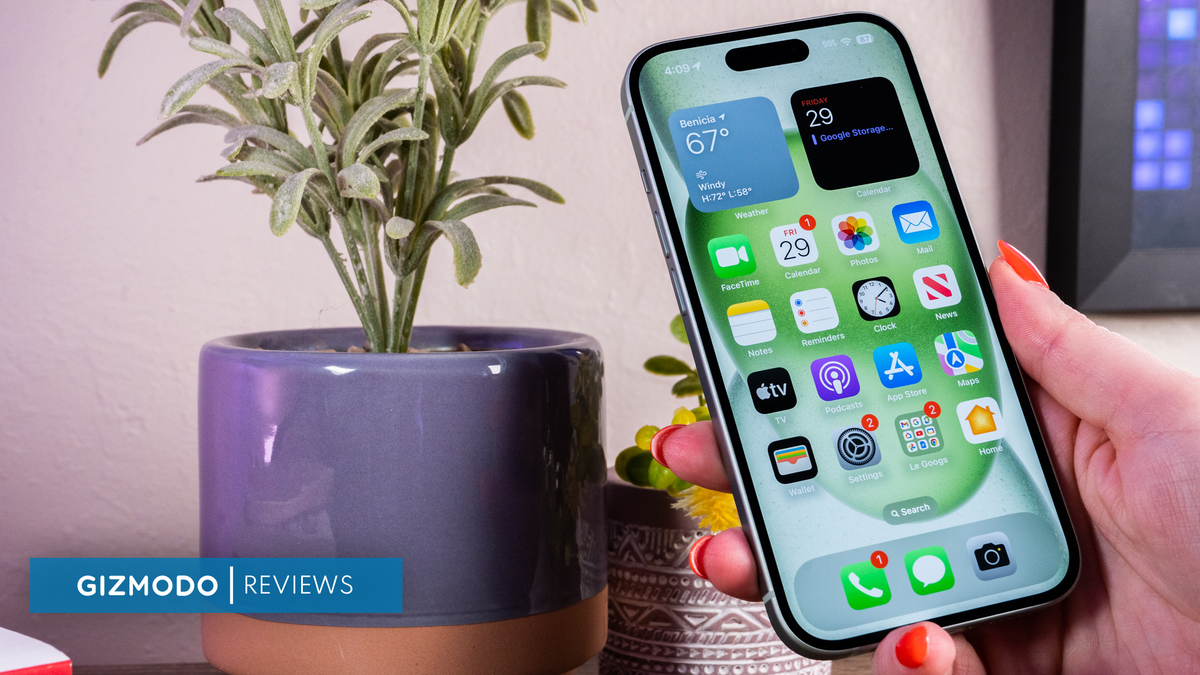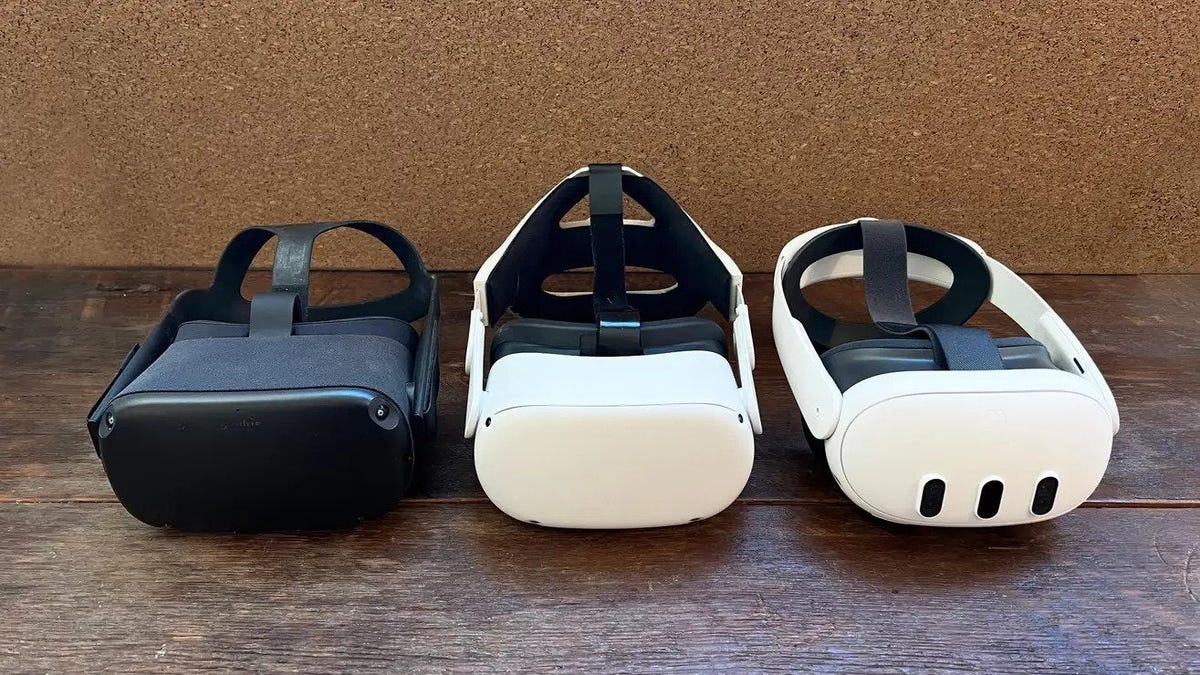I never thought I’d see the day I’d become a “wearables” person, and it’s because I’ve spent so long on the Android side of things. For years, Android users waited in vain for manufacturers to make smartwatches that fit nicely and didn’t peter out after a mere eight hours off the charger. It wasn’t until these last few years after Samsung launched the Galaxy Watch 4 that Android-based wearables offered feature parity to one of the most popular wearables, the Apple Watch.
Thankfully, there is plenty more choice for wearables, not just between Apple and Android. Although some companies have left the connected wearables game—RIP Fossil and your delightful hybrid watches—plenty more remain, including mainstays from the fitness industry. Here’s a look at some of the latest smartwatches we’ve covered and which ones are worth buying if you’re shopping for one. iPhone users, you already know which one we’re going to suggest.
Best smartwatch for iPhone users
Apple Watch Series 9, $400
I’ve said it before, and I’ll repeat it: you should have an Apple watch if you use an iPhone. Other smartwatches work with the iPhone, particularly for those of you who want more of a training device rather than a remote accessory for your smartphone. But for everyone else wielding an iPhone, the Apple Watch is it.
The Apple Watch has maintained a consistent price point throughout its lifetime. The Apple Watch Series 9 currently costs $400 for the 40mm size and $430 for the 45mm size. There’s also the Apple Watch SE, a pared-down version of the flagship Apple Watch, and the Apple Watch Ultra 2, meant for rugged types who spend time outdoors or don’t mind wearing a bigger watch for the battery life.
The battery life of Apple Watches and the best ones for Android users is about the same. You’ll almost get two full days of notifications and time-telling, mainly if you use energy-saving modes. Apple has also done some work between generations of the Apple Watch. Siri’s common commands are available offline on the Series 9—something Google is still working on with Wear OS.
Best smartwatch for Android users
Google Pixel Watch 2, $350
It took two generations, but Google finally delivered on its smartwatch promises with the Pixel Watch 2. The watch is comfortable for most wrists and pairs well with any of the dozens of available Android devices. Google also offers several different watchbands and finishes. The only downside is that the watchband employs proprietary connection mechanisms. Finding quality third-party watchbands is not as easy, and some of the Google Store’s offerings are pretty pricey.
The Fitbit app is what makes the Pixel Watch 2 a worthy wear. Its robust offerings include a daily readiness score, overnight body temperature tracking, sleep coaching, and stress monitoring. (Some features require a Fitbit Premium subscription, though they can be bundled in with Google One if you’re an all-in Android user.) The only drawback is that even with Health Connect, Fitbit doesn’t sync up with many popular third-party wellness suites without the help of a few other additional apps. I’m still trying to figure out how to count my Peloton workouts toward my weekly stats on Fitbit without manually entering the data.
Battery life is pretty average among most smartwatches available right now. Most of today’s Android-compatible smartwatches last as long as the Apple Watch—about a day and a half with the always-on display off. You can set the watch to a power-saving mode to eke out more time with it. But generally, smartwatches the size of the Pixel Watch 2 won’t make it two full days off the charger.
Best smartwatch for Samsung users
Samsung Galaxy Watch 6, $300
I used a Galaxy Watch 4 with a Pixel smartphone and the OnePlus 8, which was fine. However, the latest Galaxy Watch 6 has exclusive capabilities available only to Samsung smartphone users, including blood pressure and ECG monitoring, facilitated by apps available only through the Galaxy app store.
Like the Pixel Watch 2, the Galaxy Watch 6 can detect irregular heartbeats, track your sleep, measure your skin temperature as you sleep, and track your sleep patterns. It offers a larger display than the Pixel Watch 2—1.3 inches on the Galaxy Watch 6 versus 1.2 inches on the Pixel Watch 2—with less bezel. The Galaxy Watch 6 also uses a universal clasping mechanism so that you can buy watchbands anywhere.
My favorite part of Samsung Health is the new medication reminder offering, which simultaneously blasts the phone and smartwatch to hold me accountable for my pill. It’s louder than Apple Health and the Apple Watch’s quieter medication notifications. It functions like an alarm, and if you don’t take a second to mark whether you’ve taken your medication, it will nag you until you dismiss it entirely.
Best battery life
OnePlus Watch 2, $300
The OnePlus Watch 2 is a decidedly better smartwatch than the first-generation OnePlus Watch. But it is a big watch, and it is only available in one size. If it looks too big for you from the picture featured here, that’s because it is. However, if you think this honker of a wearable is something you’d sport after all, let me tell you the best part of the OnePlus Watch 2: it has the best battery life I’ve seen in a Wear OS watch in a long time.
With the always-on display off, the OnePlus Watch 2 lasts up to 100 hours off the charger. OnePlus employs two processors: one to handle the smartwatch’s lighter loads, like step counting and touch input, and one to take on the heavier loads, like apps and workout tracking. OnePlus’s health suite isn’t as robust as a Pixel Watch 2 with Fitbit or the Samsung Galaxy Watch 6 with Samsung Health. But at least it syncs up with Health Connect.



